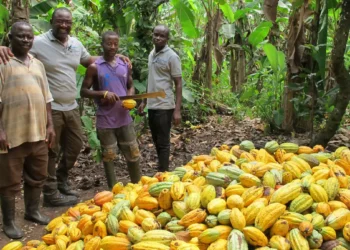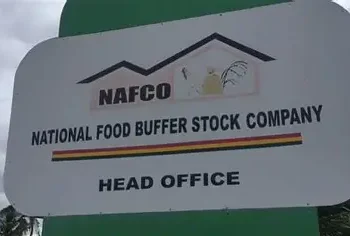In a study conducted by the Food and Agricultural Organisation (FAO) in collaboration with the World Food Programme (WFP) and other agencies, a concerning projection has emerged for West African countries, particularly Nigeria.
The report titled “West Africa Regional Supply and Market Outlook” sheds light on the anticipated rise in the average prices of staple foods like rice, maize, millet, wheat, and cereals, surpassing the five-year average from 2019 to 2023.
The factors contributing to this projected increase are multifaceted, ranging from lower production levels and trade restrictions to high energy prices and the ongoing Russia-Ukraine war. These challenges collectively exert upward pressure on food prices, impacting the affordability and accessibility of essential commodities for communities across the region.
The report underlined additional factors exacerbating the situation, including the depletion of global grain reserves, the growing frequency of natural disasters, the adverse effects of climate change, and the lingering impact of COVID-19 on the food supply chain. These compounding issues paint a grim picture for the food security landscape in West Africa.
According to the report, staple prices currently hover above the five-year average throughout the region. This phenomenon is attributed to a combination of factors, including production deficits, trade restrictions, insecurity in the Sahel, elevated global prices, high transaction costs, and currency depreciation in the coastal countries of the Gulf of Guinea.
Despite an increase in rice production, the report highlights that it may not be sufficient to cover the shortfall in other staple foods such as maize, sorghum, and millet. Importantly, the analysis suggests that imports are likely to decline due to various factors, including restrictions on global trade, soaring shipping costs, lower national exchange rates, and domestic policies such as import tariffs and exchange rate regimes.
Forecast Raises Serious Concerns
This alarming forecast raises serious concerns about the ability of West African nations to ensure food security for their populations. Policymakers, international organizations, and local communities must collaboratively address these challenges, implementing effective strategies to bolster agricultural production, enhance food distribution networks, and mitigate the impact of external factors on staple food prices.
As the region braces for the anticipated food price surge in 2024, urgent and coordinated efforts are required to navigate these challenges and safeguard the well-being of vulnerable populations dependent on affordable and accessible staple foods.
In contrast to the gloomy forecast for staple foods, the FAO report offers a ray of hope with positive projections for certain agricultural sectors. Notably, root and tuber crops like cassava and yam, along with cash crops such as coffee, cocoa, and cashews, are expected to experience robust production in major coastal countries like Ghana and Ivory Coast.
The report’s optimistic outlook suggests potential resilience in these crops, presenting an opportunity for diversification and economic stability in the agricultural landscape of West Africa. The prominence of these crops in global markets adds an additional layer of significance to their positive projections.
However, the FAO report urges caution, emphasizing that despite the positive outlook, production of these crops is not immune to external challenges. High energy prices, unpredictable weather-related shocks, and ongoing trade restrictions could still pose threats to the anticipated growth in these sectors.
This dual narrative in the FAO report underscores the severity of the challenges facing West Africa’s agricultural sector. While certain crops demonstrate potential for growth and economic prosperity, the broader context of global uncertainties and external factors necessitates a comprehensive and adaptable approach to ensure sustainable agricultural development.
As nations grapple with the delicate balance of fostering positive agricultural outcomes and mitigating risks, policymakers, farmers, and stakeholders must collaboratively strategize to fortify these promising sectors. By addressing the vulnerabilities outlined in the report, West African countries can work towards building resilient and diversified agricultural systems that contribute to both food security and economic prosperity.
READ ALSO: Japan Reasserts Support For Ukraine





















